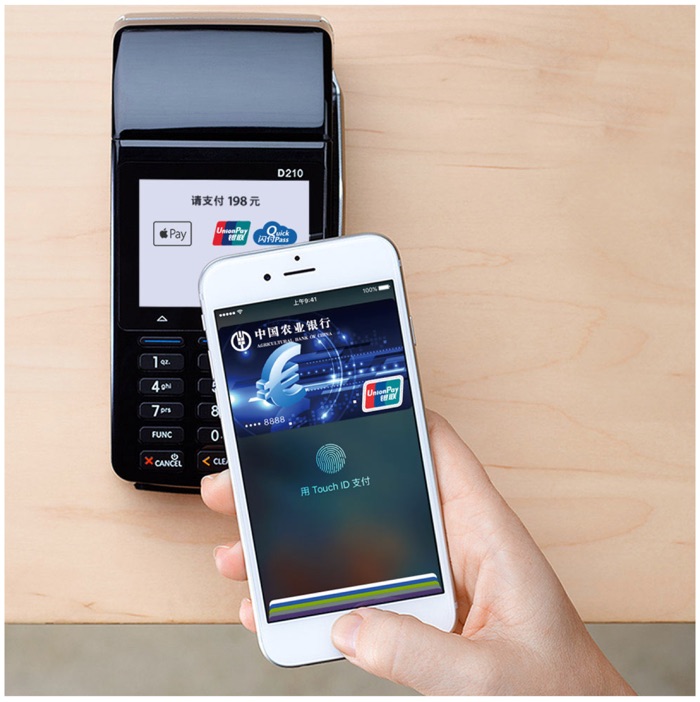
Should I create my own payment app?
One of the hottest niches in tech right now is payments. If it’s big enough for Google, Apple and Paypal to pursue – it’s BIG. If the Bitcoin, a currency built specifically for instant (de-centralized) online transactions, increase in value 100-fold over a period of several years, it is another very solid indication the world is moving towards digitized transactions. In fact more than 50% of all transactions taking place in the USA are cash-free.
Building a money transfer application has more than a few hurdles. Many have tried and failed, and the others are sitting on the fence waiting for the industry to boom to make substantial profits. The top money transfer apps in 2018 are composed of large companies who have been in the domain of online payments from way before mobile apps even existed.
The difficulties of creating money transfer apps
Regulation
The biggest hurdle in creating a money transfer app is definitely NOT the programming you need to put in, nor the UI, no anything else you would traditionally say is the sticking point of creating app. It’s regulation.
When you handle people’s money, you need to be carefully inspected and show beyond any reasonable doubt you are eligible to be in this position. It goes way further than just the regulator, by the way – banks are very reluctant to deal with you, and so us other providers. So, you need to be approved by a regulator (or SEVERAL regulators if you are going to accept people from different regions in the world), be in excellent relations with at least one bank, and prove one or more tax authorities people are not using your platform to evade taxation.
All of the above is far more complex than it sounds and it will require serious resources to accommodate all of the above, and particular as a startup.
Liquidity pool
If you are going to handle people money you need a line of credit to enable real-time transactions. That means that you need to cover the deficiency in cash inside your system between the time that someone pays, and until you actually receive the money. That is a significant issue and you need to have significant reserve pools just in any case. What happens if your security is breached and some money is stolen off the system? What happens if you have a an unusually high number of feedbacks in one certain month? You need a few millions of dollars to be sitting aside to facilitate a real money transfer network.
Product
Although this aspect only comes third on our list, to compete in the payment business you have to come up with a very slick app that appears trustworthy, maintains the highest level of security, and is easy to use as your target audience is very broad. In essence, you need to out-do companies which have been in the market since before the 2000 high-tech bubble like Paypal. It is obtainable, but it will require high level of expertise and yet again – a sizeable investment.
Foreign exchange – liquidity and capability
If you intend to accept clients from overseas who are paying via multiple currency, you need to be able to exchange foreign exchange through your application. This requires connecting with a source of liquidity provider who is also able to facilitate currency exchange, and a lot of additional hurdles when it comes to product development and regulation. Cross border transfers tend to be more sensitive and difficult to execute.
Finding partners / Marketing
Payment applications is a very saturated market, and thus, you will need to be able to compete through not only better offering than your competitors, but in fact have powerful business partners who are able to integrate your payment app into their systems. Apple and Google don’t need such a partner, being of such immense size and influence, but you would need them.
Not making money
When you go into an overly competitive market which is currently focused on acquisition and not profit, you would not be able to compete if your prices would be higher than your competitors. Venmo is practically free when it comes to transfers in the U.S, similarly Google Pay and Apple Pay, and cross-border applications like Transferwise’s charge as little as 0.5% off each transaction, you are not going to be making money in the short and medium term. This is a long term game.
Final words
Looking at all the hurdles expected, you should be entering the payment app industry only if you have a very solid foundation. If you plan on making your mark with your team of 4 out-of-college programmers working in your grandma’s basement, you should at softer and more niche industries.





